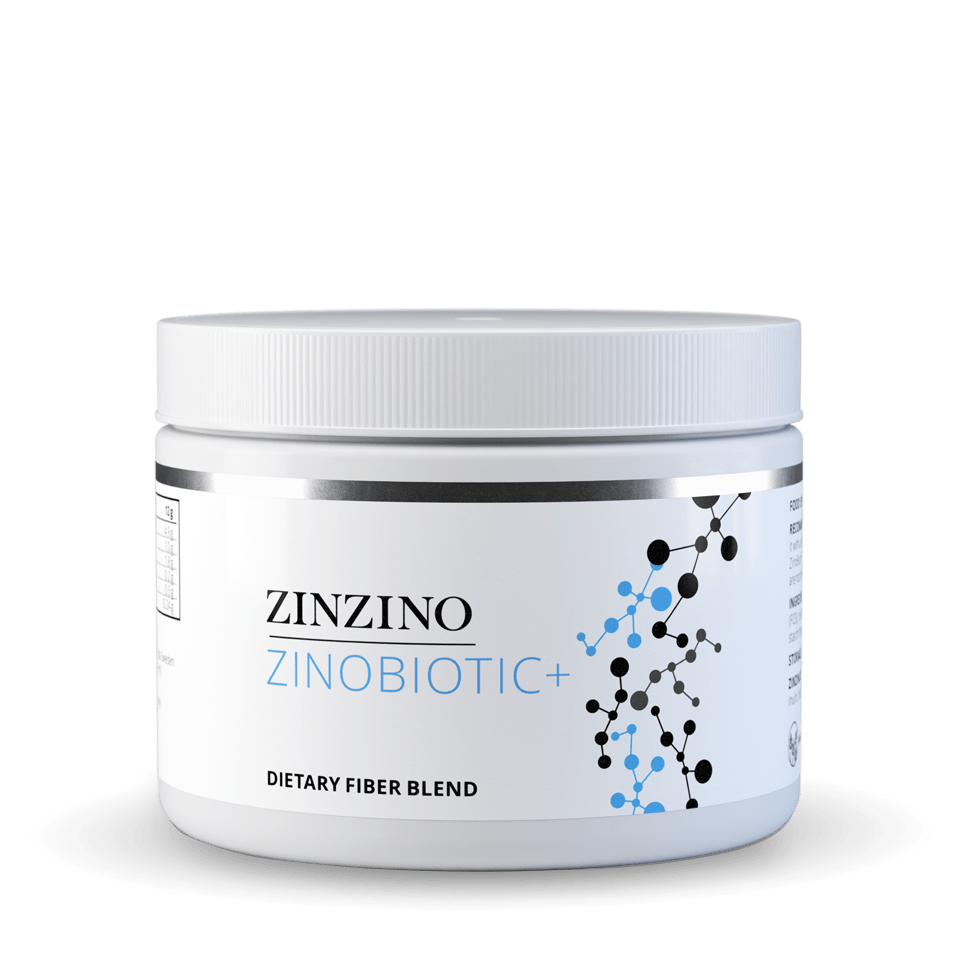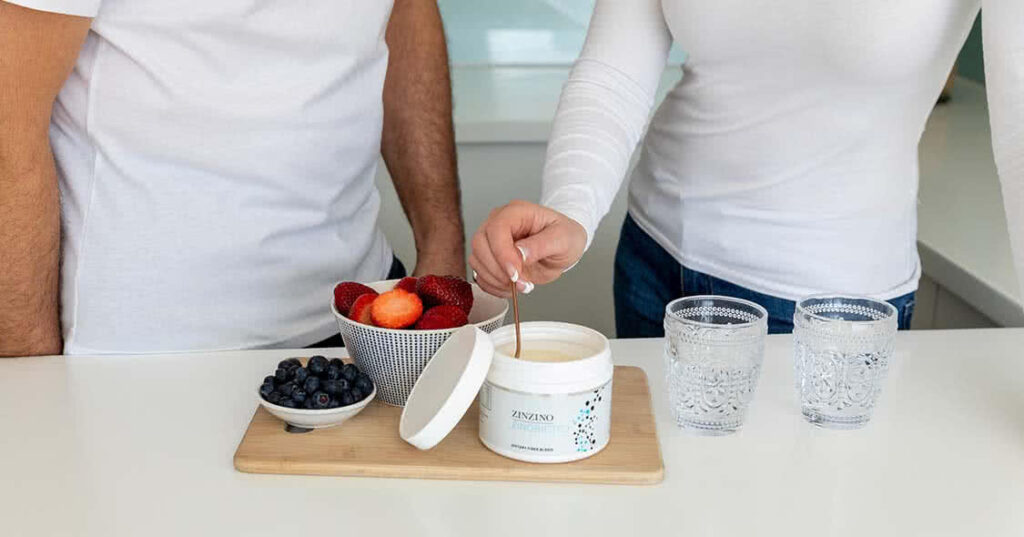For years, the focus on dietary fibre has primarily revolved around its role in preventing constipation. However, recent research has unveiled a fascinating world within our gut, where a diverse community of bacteria plays a crucial role in our overall health. Enter prebiotics – a class of indigestible fibres that nourish these beneficial bacteria, fostering a thriving and healthy gut ecosystem.
The Gut Microbiome: A Complex Ecosystem
Our gut is home to trillions of bacteria, collectively known as the gut microbiome. This intricate ecosystem plays a vital role in various bodily functions, including digestion, immune function, and even mood regulation. A healthy balance of beneficial bacteria is crucial for optimal well-being.
Prebiotics: Fuel for the Good Guys
Prebiotics act as a specialized food source for beneficial bacteria, particularly lactobacilli and bifidobacteria. These “good” bacteria thrive on prebiotics, leading to increased numbers and enhanced activity.
- Crowding Out Harmful Bacteria: As beneficial bacteria flourish, they effectively crowd out harmful bacteria, reducing their ability to cause infections and disease.
- Enhanced Immune Function: The growth of beneficial bacteria strengthens the gut-associated lymphoid tissue (GALT), a crucial component of our immune system.
- Improved Digestion: Prebiotics can help regulate bowel movements, relieve constipation, and improve overall digestive function.
Beyond Gut Health: Systemic Benefits of Prebiotics
The benefits of prebiotics extend beyond the digestive system:
- Heart Health:
- Prebiotics can contribute to heart health by lowering LDL cholesterol levels and promoting a healthy balance of gut bacteria, which play a role in vitamin production and cardiovascular function.
- Studies have shown that prebiotics may help lower LDL cholesterol levels.
- Bone Health: Prebiotics may enhance calcium absorption and vitamin K production by gut bacteria, both crucial for bone health.
- Immune Support: A healthy gut microbiome is essential for a strong immune system. Prebiotics help maintain this balance, supporting overall immune function.
- Mental Well-being: Emerging research suggests a link between gut health and mental well-being. Prebiotics may play a role in supporting mood and cognitive function.
Sources of Prebiotics
- Chicory root
- Jerusalem artichoke
- Leeks
- Onions
- Garlic
- Beans
- Lentils
- Oats
Important Considerations:
- Freshness Matters: The prebiotic content of vegetables can decline significantly during storage. Opt for fresh, locally sourced produce whenever possible.
- Individual Responses: The effects of prebiotics can vary between individuals. Start with small amounts and gradually increase intake to assess tolerance.
- Combining with Probiotics: Combining prebiotics with probiotics (live beneficial bacteria) can synergistically enhance their effects.

Conclusion
Prebiotics are an essential component of a healthy diet. By nurturing the beneficial bacteria within our gut, prebiotics support a wide range of health benefits, from improved digestion and enhanced immune function to potential benefits for heart health and even mood. Incorporating prebiotic-rich foods into your daily diet can be a simple yet powerful step towards a healthier, happier you.
Supercharge Your Gut with Zinzino Zinobiotic:
While dietary sources are key, Zinzino Zinobiotic offers a targeted blend of eight prebiotic fibres for maximum gut health support. This potent mix:
- Stimulates the growth of good bacteria throughout your colon.
- Maintains healthy bowel function and a balanced microbiome.
- Promotes reduced blood sugar spiking.
- May even help decrease food cravings.

Nourishing Your Gut for a Whole-Body Glow:
Remember, a healthy gut is the foundation for overall well-being. By investing in prebiotics, you’re investing in your long-term health, happiness, and vitality. So grab your fork, dig into some prebiotic-rich foods, and experience the transformative power of a thriving gut!
Ready to take your gut health to the next level? Discover Zinzino Zinobiotic and unlock the full potential of your microbiome!
Disclaimer:
This information is for general knowledge and informational purposes only and does not constitute medical advice. Always consult with a qualified healthcare professional1 for any health concerns or before making any significant dietary changes.
Citations:
- Gibson, G. R., & Roberfroid, M. B. (1995). Dietary modulation of the human colonic microbiota: introducing the concept of prebiotics. Journal of Nutrition, 125(6), 1401S-1412S.2
- Roberfroid, M. B. (2007). Prebiotics: the concept revisited. Journal of Nutrition, 137(3), 830S-837S.
- Roberfroid, M. (2010). Prebiotic effects: metabolic and health benefits. British Journal of Nutrition, 104(Suppl_2), S1-S63.
- Roberfroid, M. B. (2000). Functional foods: concept and definitions. British Journal of Nutrition, 83(Suppl_1), S1-S4.
- Roberfroid, M. B. (2000). Prebiotics and probiotics: are they functional foods? American Journal of Clinical Nutrition, 71(1), 171S-181S.
- Gibson, G. R., Beatty, E. R., Wang, X., Cummings, J. H. (1995). Selective stimulation of bifidobacteria in the human colon by oligofructose and inulin. Gastroenterology,3 108(4), 975-982.
- Gibson, G. R., Probert, H. M., Rastall, R. A., Van Loo, J. (2004). Dietary modulation of the human colonic microbiota: introducing the concept of prebiotics. Journal of Nutrition, 134(3), 1491S-1495S.
- Gibson, G. R., Beatty, E. R., Wang, X., Cummings, J. H. (1995). Selective stimulation of bifidobacteria in the human colon by oligofructose and inulin. Gastroenterology,4 108(4), 975-982.
- Gibson, G. R., Probert, H. M., Rastall, R. A., Van Loo, J. (2004). Dietary modulation of the human colonic microbiota: introducing the concept of prebiotics. Journal of Nutrition, 134(3), 1491S-1495S.
- Gibson, G. R., Beatty, E. R., Wang, X., Cummings, J. H. (1995). Selective stimulation of bifidobacteria in the human colon by oligofructose and inulin. Gastroenterology,5 108(4), 975-982.
- Gibson, G. R., Probert, H. M., Rastall, R. A., Van Loo, J. (2004). Dietary modulation of the human colonic microbiota: introducing the concept of prebiotics. Journal of Nutrition, 134(3), 1491S-1495S.
- Gibson, G. R., Beatty, E. R., Wang, X., Cummings, J. H. (1995). Selective stimulation of bifidobacteria in the human colon by oligofructose and inulin. Gastroenterology,6 108(4), 975-982.
- Gibson, G. R., Probert, H. M., Rastall, R. A., Van Loo, J. (2004). Dietary modulation of the human colonic microbiota: introducing the concept of prebiotics. Journal of Nutrition, 134(3), 1491S-1495S.
- Gibson, G. R., Beatty, E. R., Wang, X., Cummings, J. H. (1995). Selective stimulation of bifidobacteria in the human colon by oligofructose and inulin. Gastroenterology,7 108(4), 975-982.
- Gibson, G. R., Probert, H. M., Rastall, R. A., Van Loo, J. (2004). Dietary modulation of the human colonic microbiota: introducing the concept of prebiotics. Journal of Nutrition, 134(3), 1491S-1495S.
- Gibson, G. R., Beatty, E. R., Wang, X., Cummings, J. H. (1995). Selective stimulation of bifidobacteria in the human colon by oligofructose and inulin. Gastroenterology,8 108(4), 975-982.
- Gibson, G. R., Probert, H. M., Rastall, R. A., Van Loo, J. (2004). Dietary modulation of the human colonic microbiota: introducing the concept of prebiotics. Journal of Nutrition, 134(3), 1491S-1495S.
- Gibson, G. R., Beatty, E. R., Wang, X., Cummings, J. H. (1995). Selective stimulation of bifidobacteria in the human colon by oligofructose and inulin. Gastroenterology,9 108(4), 975-982. 19.10 Gibson, G

